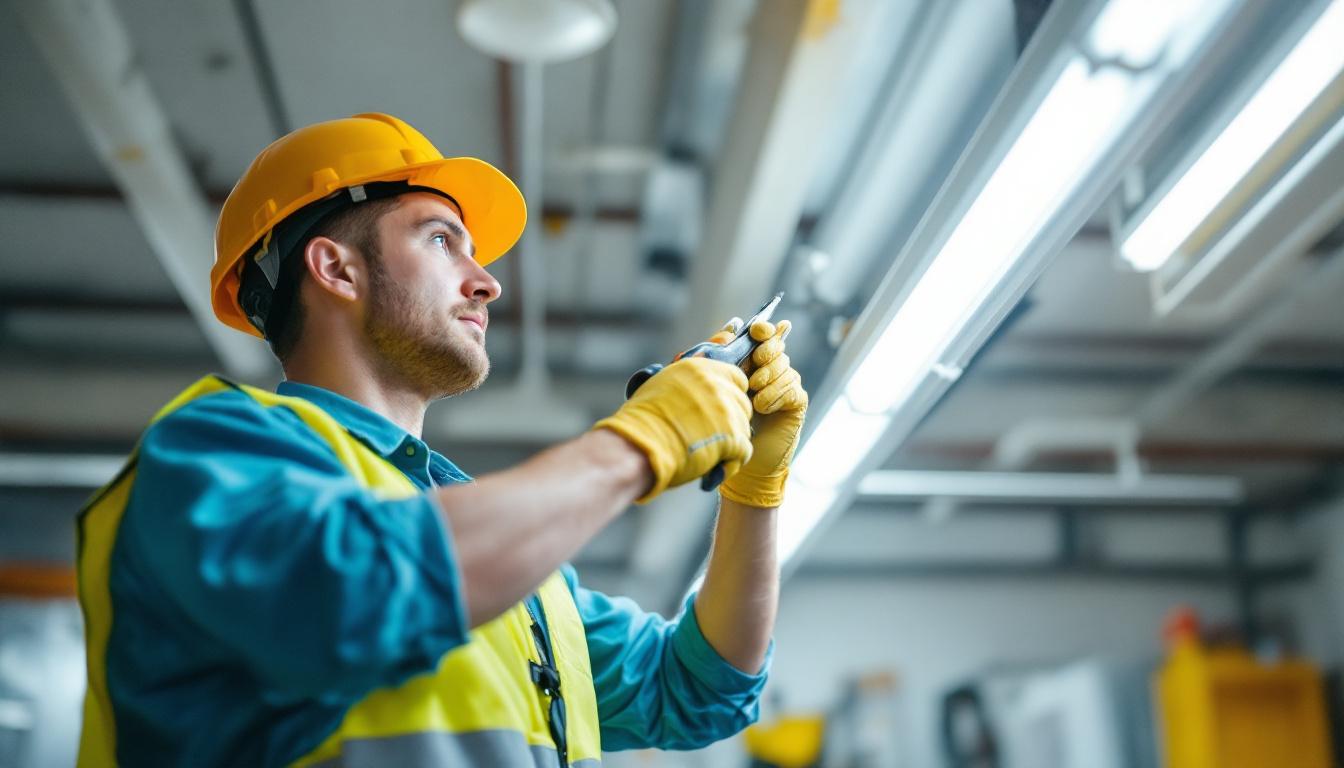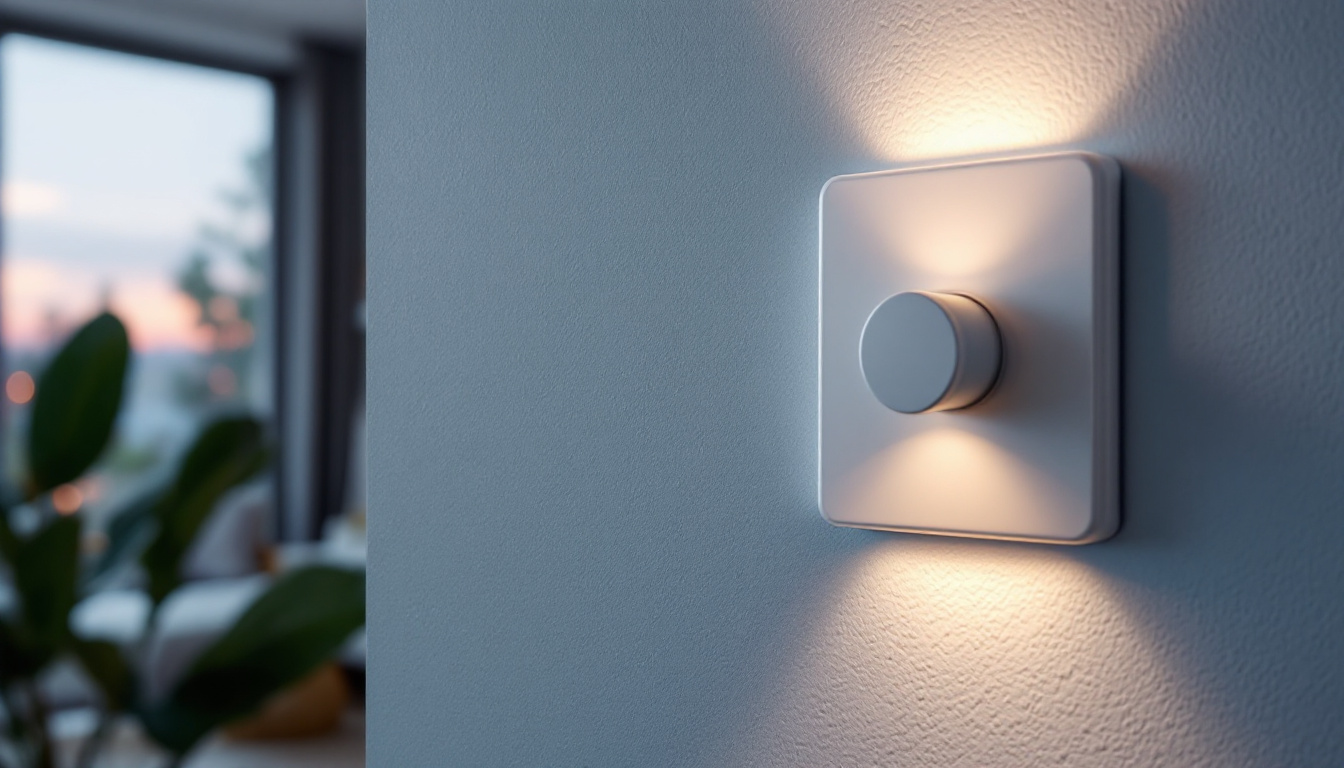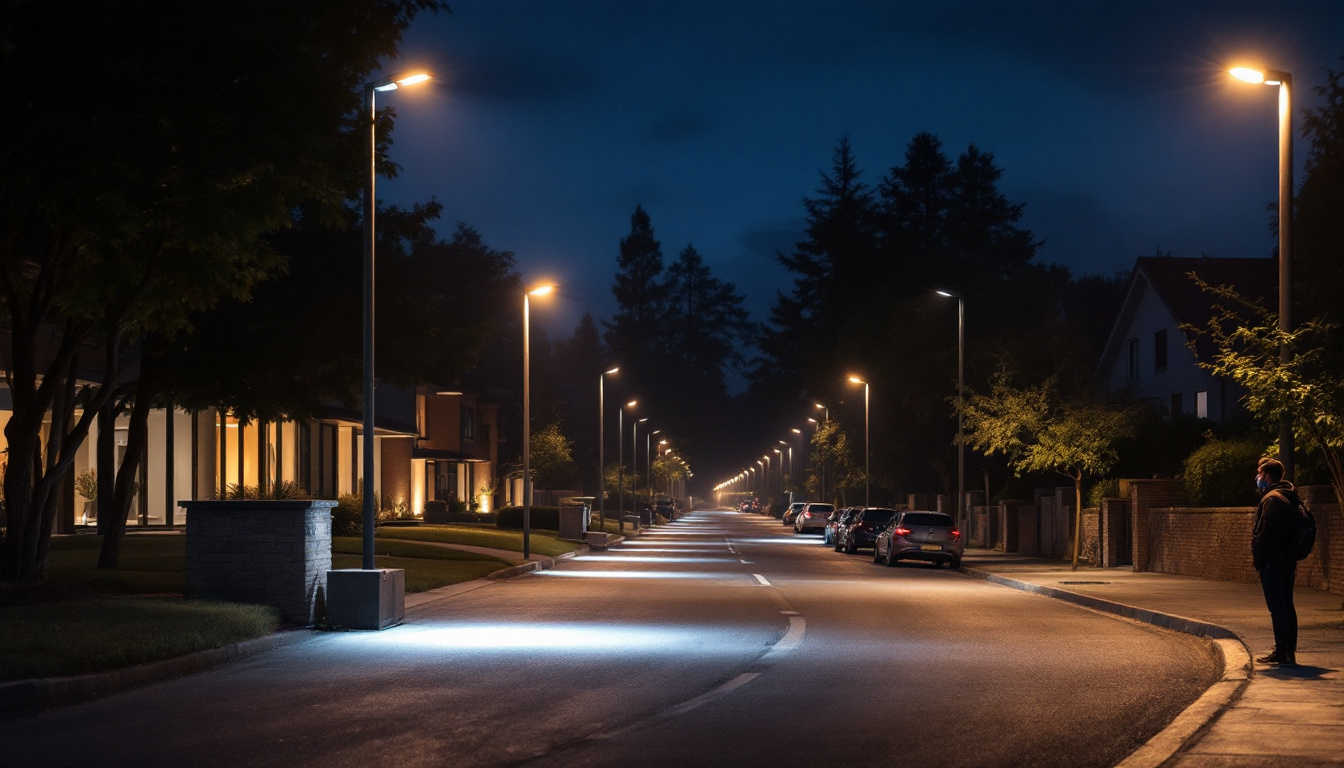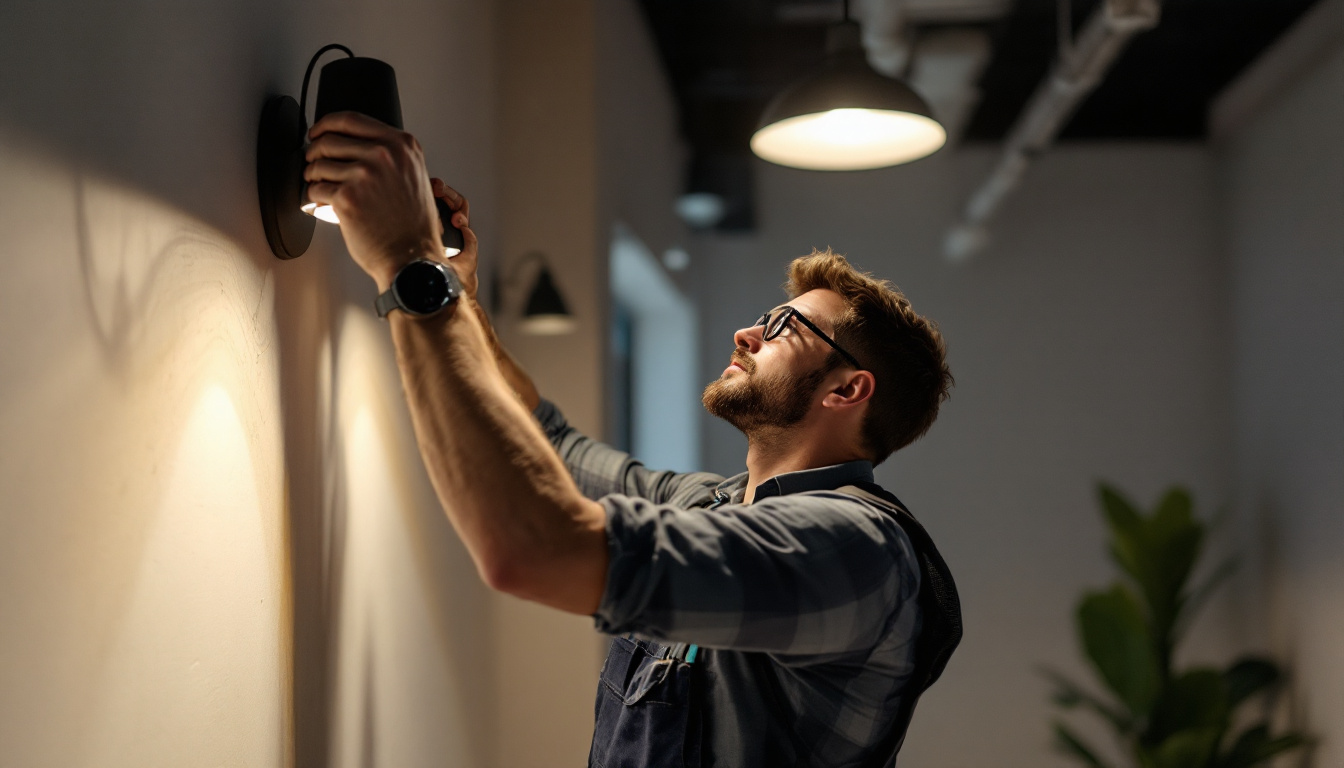
In the ever-evolving world of electrical systems, staying informed about the latest techniques and technologies is crucial for lighting contractors. One essential skill that remains relevant is the ability to change a fluorescent ballast. This article aims to provide a comprehensive guide on how to change a fluorescent ballast while emphasizing the importance of keeping up-to-date with industry standards and practices.
Fluorescent ballasts play a vital role in the functionality of fluorescent lighting systems. They regulate the current to the lamps and provide the necessary voltage to start the lamps. Without a functioning ballast, fluorescent lights may flicker, fail to start, or exhibit reduced brightness. Understanding the types and functions of ballasts is essential for any lighting contractor.
There are primarily two types of fluorescent ballasts: magnetic and electronic. Magnetic ballasts are older technology and are typically heavier and less efficient. They operate by using electromagnetic induction and require a starter to ignite the lamps. In contrast, electronic ballasts are lighter, more energy-efficient, and provide better performance by eliminating flicker and providing instant start capabilities.
As technology advances, electronic ballasts have become the preferred choice due to their efficiency and reliability. They also offer features like dimming capabilities and compatibility with a wider range of fluorescent lamps. Understanding the differences between these types is crucial for making informed decisions when replacing ballasts. Additionally, the choice of ballast can significantly impact energy consumption and overall lighting quality, making it a critical factor in both residential and commercial applications.
Recognizing the symptoms of a failing ballast can save time and resources. Some common signs include:
When these signs are observed, it is essential to assess the ballast’s condition and determine whether a replacement is necessary. Ignoring these symptoms can lead to further electrical issues and increased costs. In some cases, a failing ballast can even cause damage to the fluorescent lamps themselves, leading to more extensive repairs and replacements. Therefore, regular maintenance and timely inspections of fluorescent lighting systems can help prevent unexpected failures and ensure optimal performance.
Moreover, it’s important to consider the environmental impact of fluorescent ballasts. Many electronic ballasts are designed to be more environmentally friendly, often containing fewer hazardous materials compared to their magnetic counterparts. This shift towards greener technology not only benefits the environment but also aligns with the growing trend of sustainability in lighting design. As energy efficiency regulations become stricter, understanding the role of ballasts in overall energy consumption will be increasingly important for contractors and building managers alike.
Before diving into the replacement process, proper preparation is key. This includes gathering the necessary tools and materials, as well as ensuring safety protocols are in place. Taking the time to plan ahead can make a significant difference in the efficiency and effectiveness of the task at hand.
To successfully change a fluorescent ballast, a lighting contractor should have the following tools:
Having these tools on hand will streamline the replacement process and enhance safety. Additionally, selecting a high-quality replacement ballast is crucial for ensuring long-term performance. It’s also wise to consider the specifications of the existing lighting system, as different fixtures may require specific types of ballasts. Researching the compatibility of the replacement ballast with the existing fluorescent tubes can prevent future issues and ensure optimal lighting output.
Safety should always be the top priority when working with electrical systems. Before beginning any work, ensure that the power to the fixture is turned off at the circuit breaker. Use a voltage tester to confirm that there is no electricity flowing to the ballast. Wearing safety goggles and gloves will protect against potential hazards during the replacement process. Furthermore, it’s advisable to work in a well-ventilated area, especially if the fixture has been in use for a long time, as there may be residual heat or even harmful substances released from older ballasts. Keeping a first aid kit nearby can also be a prudent measure, just in case of any unexpected incidents.
Once adequately prepared, the next step is to follow a systematic approach to changing the ballast. This process involves several key steps that, when followed carefully, can lead to a successful replacement.
The first step in changing a fluorescent ballast is to remove the light fixture from its mounting. This typically involves unscrewing the fixture from the ceiling or wall and disconnecting any wiring. It is important to take note of how the fixture is connected to ensure proper reinstallation later. Additionally, it may be helpful to take a photo of the wiring setup before disconnection, which can serve as a visual reference during the reinstallation process. Remember to handle the fixture with care to avoid any damage, especially if it is made of glass or delicate materials.
Once the fixture is removed, the next step is to access the ballast. Most ballasts are located within the fixture itself, often secured with screws. Carefully remove these screws and lift the ballast out of its compartment. Take this opportunity to inspect the wiring and connections for any signs of damage. If you notice any frayed wires or burnt connections, it’s wise to address these issues before proceeding. This not only ensures the safety of your new ballast but also enhances the overall longevity and performance of your lighting system.
With the ballast exposed, it is time to disconnect it from the wiring. Carefully note how the wires are connected, as this will be important for connecting the new ballast. Use wire cutters to remove the old ballast, ensuring that all connections are safely detached. It’s advisable to use a multimeter to verify that there is no power running through the wires before cutting, as this will help prevent any potential electrical shocks. Keeping a clean workspace during this step will also help you avoid losing any small components that may be necessary for the reinstallation.
Now, it’s time to connect the new ballast. Start by stripping the ends of the wires if necessary, and then connect them according to the wiring diagram provided with the new ballast. Typically, this involves connecting the black wire to the line voltage, the white wire to the neutral, and the red or blue wires to the lamp sockets. Secure all connections with wire nuts and ensure they are tight. It’s beneficial to double-check the compatibility of the new ballast with your existing fluorescent lamps to ensure optimal performance. If you have any doubts about the connections, consulting the ballast’s manual or seeking professional advice can provide additional assurance.
After the new ballast is connected, carefully place it back into the fixture and secure it with screws. Reattach the fixture to its mounting location, ensuring that all screws are tightened properly. Double-check all connections to ensure everything is secure and correctly positioned. This is also a good time to clean any dust or debris that may have accumulated inside the fixture, as this can improve light output and efficiency. If the fixture has a lens or cover, inspect it for any cracks or damage that might need addressing before final assembly.
Before replacing the cover or lens, turn the power back on at the circuit breaker and test the new ballast. Observe the lights to ensure they are functioning correctly. If everything appears to be working, proceed to replace the cover or lens of the fixture. In the event that the lights flicker or do not illuminate, it may be necessary to revisit the wiring connections to troubleshoot any issues. Taking the time to ensure that everything is functioning properly can save you from future headaches and ensure that your lighting system operates efficiently for years to come.
The electrical and lighting industry is continuously evolving, with new technologies and regulations emerging regularly. For lighting contractors, staying updated is not just beneficial but essential for maintaining a competitive edge.
Many organizations offer continuing education courses tailored for lighting contractors. These courses cover a range of topics, from new technologies in ballast design to energy-efficient lighting solutions. Engaging in these educational opportunities can enhance skills and provide valuable insights into industry trends.
Networking is another effective way to stay informed. Attending industry conferences, trade shows, and local meetups allows contractors to connect with peers and industry leaders. Sharing experiences and knowledge can lead to new ideas and approaches to common challenges.
Changing a fluorescent ballast is a fundamental skill that every lighting contractor should master. By understanding the types of ballasts, recognizing signs of failure, and following a systematic approach to replacement, contractors can ensure the longevity and efficiency of their lighting systems.
Moreover, staying updated with industry standards and advancements is crucial for professional growth. Embracing continuing education and networking opportunities will not only enhance skills but also contribute to a more successful career in the lighting industry.
As technology continues to evolve, the importance of adapting to new practices cannot be overstated. By remaining informed and proactive, lighting contractors can provide the best service possible to their clients while ensuring their own continued success in the field.
Ready to elevate your lighting projects with the highest quality products at the best value? Look no further than LumenWholesale. Our spec-grade lighting solutions are designed to meet the rigorous demands of contractors like you, ensuring reliability and performance on every job. Say goodbye to inflated markups and hello to unbeatable wholesale prices, free shipping, and the convenience of bulk buying. Don’t compromise on quality or cost. Visit LumenWholesale today and discover the perfect blend of quality, affordability, and convenience for all your lighting needs.

Discover the essential guide for lighting contractors on selecting the perfect chandeliers for any project.

Explore the transformative journey of dimmer technology in LED lighting, from early innovations to modern advancements, and discover how it enhances energy efficiency and ambiance in homes and businesses..

Discover the ultimate guide to selecting the best flood lights with our essential checklist tailored for lighting professionals.

Discover why lighting contractors should prioritize light molding in their projects.